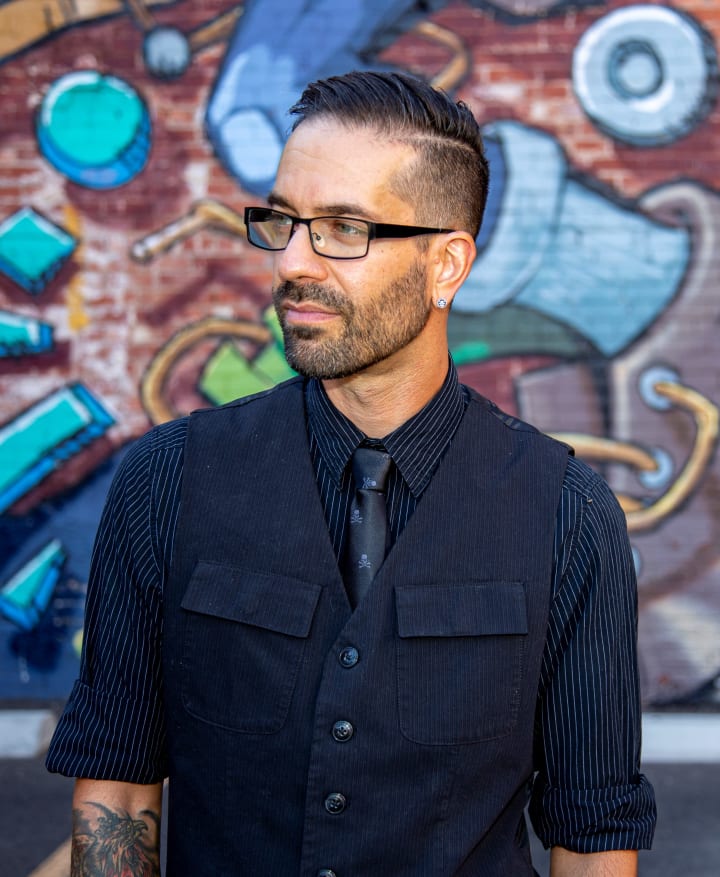Ethics in UX Design
Not enough designers are talking about it!
What are ethics in UX design?
When it comes to the user experience, designers have a responsibility to create products that are not only effective but also ethical. But what does that mean, exactly? Here's a look at what ethics in UX design entails and how practitioners can ensure they're always acting ethically.
At its basic level, UX design ethics is about creating products that do not cause harm. This includes physical harm, emotional distress, or any other negative impact on users. Sometimes, it may also mean designing products that positively impact users' lives.
In a world where technology is becoming increasingly ubiquitous, the field of user experience (UX) design has never been more critical. As UX designers have become increasingly aware of the ethical implications of their work, many have begun to formalize codes of ethics. These codes guide designers on how to ethically navigate the complexities of designing user interfaces that mediate people's interactions with technology.
While these codes vary, they address three key areas: users' rights, social responsibility, and professional practice. There are some factors to consider when determining whether or not a product is ethical. One is the potential for harm.

The user's perspective: what users expect from ethical UX design
When it comes to ethical UX design, users have certain expectations. They want the designers of their favorite websites and apps to be transparent about what data is collected and how it's used. They also expect their privacy to be respected, and their personal information won't be shared without their consent.
Furthermore, users expect ethical UX designers to consider the potential risks of using certain technologies. For example, they don't want designers to use addictive features or manipulate them into spending more time on a website than they intended. Users also don't want to be bombarded with ads or have their experience ruined by intrusive pop-ups.
Overall, users want ethical UX designers to create safe, transparent, and respectful products of their time and privacy.

Designers' responsibility: how to be an ethical designer
Regarding ethics in UX design, designers are responsible for creating user experiences that respect users' privacy, safety, and well-being. To be an ethical designer, you should consider the following:
• Privacy: Be transparent about what data you are collecting and why. Only collect the information that is necessary for the task at hand. Give users the option to opt-out of data collection if they choose.
• Safety: Design with user safety in mind. Do not design features that could potentially put users in danger. Consider how your design might be used unexpectedly and take measures to prevent misuse.
• Well-being: Respect users' time and attention. Do not design features that are addictive or intrusive. Consider the emotional impact of your designs and avoid exploiting users' emotions for commercial gain.

Guidelines for ethical UX design: do's and don'ts
When it comes to ethical UX design, there are a few things to keep in mind. First and foremost, designers should always aim to create products that will benefit users, not harm them. Additionally, designers should be transparent about what data is collected and how it will be used. Finally, it is vital to consider the potential consequences of one's actions. This is especially true when designing user interfaces - even seemingly innocuous choices can significantly impact people's lives.
Case studies: examples of ethical UX design in action
When it comes to UX design, there are a lot of different ethical considerations that need to be taken into account. One of the most important things to consider is how your design will affect the people who use it. This includes everything from how the interface is designed to how user data is collected and used.
There are a lot of different case studies that show how important it is to take ethics into consideration when designing user experiences. One example is Facebook's manipulation of users' emotions. This case study showed that by changing what users saw in their newsfeeds, Facebook could control how positive or negative they felt. This is a clear example of how UX design can be used in an unethical way to manipulate people.

The importance of ethics in UX design
User experience (UX) design creates products that provide users with meaningful and relevant experiences. This involves designing the entire user journey, from discovery to purchase and beyond.
As UX designers, we ensure that our products are usable, practical, and enjoyable for our users. We also have a responsibility to ensure that our designs take into account the ethical implications of our choices.
There is a growing awareness of the need for ethical considerations in UX design.

Thanks for reading my article, feel free to subscribe to my feed for more articles that deal with UX Design, Social Media Marketing, Creative Stories, and more!
About the Creator
Matthew Angelo
I am a traditional and self-published author and content/copywriter. I write in many genres like fantasy, urban fantasy, horror, cyberpunk, grimdark, romance and science fiction.







Comments
There are no comments for this story
Be the first to respond and start the conversation.